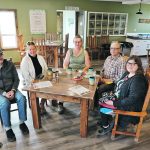
Stories by Freelance writer

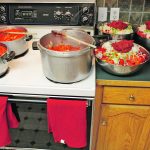
Preserving Mother Nature’s bounty
Canning is the most common way to store the fall garden haul, but fermentation and dehydration are other options
In many places across the Prairies, gardeners are wrapping up another season. Shining tomatoes, jewel-coloured carrots and beets, beautiful beans, sharp-tasting onions, earthy potatoes are coming out of the ground, pulled off the plants and lined up on kitchen counters. But how best to preserve the summer’s bounty? What are some tried-and-tested ways of keeping […] Read more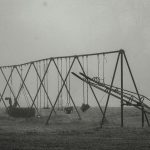
School playground fun evolved with the seasons
The opportunities seemed endless, from waging war on gophers to a brisk game of Fox and Goose in newly fallen snow
At recess time, many of our teachers just turned us loose to the elements. On warm autumn days there was the excitement of drowning out gophers on the school yard, their burrows flooded by dozens of pails of water conveyed by a bucket brigade from the nearby ditch. The gopher population may have been depleted […] Read more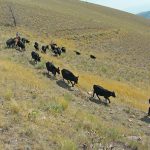
Low stress is best when moving cow-calf pairs
The separation of pairs on the trail often results in animals bawling and leaving the herd seeking their mother or calf
It’s sometimes easier to trail cattle rather than haul them to a new pasture, depending on the distance involved. Some people use quads but in many situations, cattle are moved using horseback riders, especially if the herd is being moved across open country with difficult terrain. When cows with calves are trailed, they often get […] Read more
Garlic production provides year-round income
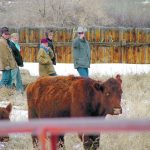
Bud Williams left low-stress stockmanship legacy
Producers taught to learn to ‘read’ what an animal is saying and change position so it wants to go in the desired direction
Now and then, someone comes along with ideas that change the way people do things and sometimes even change an industry. Bud Williams was that kind of person. His unique methods of handling cattle are becoming known and adapted by dairy and beef producers because they are easier on the animals and the people who […] Read more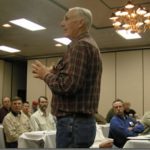
Williams’ life dedicated to handling

Prairie theme helps museum attract visitors to Alta. town
Some residents learned taxidermy, others made costumes and the World Famous Gopher Hole Museum came into being
It began 27 years ago when the town of Torrington, Alta., appeared to be dying. The small community, like many other rural communities in Alberta, had lost its four elevators and railway, its school and several businesses. The future looked grim. Several unsuccessful town hall meetings were held to try and figure out what to […] Read more
Village hoped to become Coney Island of Sask.
Agriculture played a major role in the community, but its location on Jackfish Lake also kept villagers’ eyes on the water
The village of Meota, Sask., is situated on the southern shores of Jackfish Lake about 43 kilometres northwest of North Battleford. The community derived its name from the Cree words Meotate or Mo-Was-In-Ota, meaning “good place to camp” or “it is good here.” One of the earliest European visitors to the Meota region was Dr. […] Read more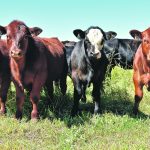
Calves must be protected from clostridial diseases
Seven-way or eight-way clostridial vaccines considered producers’ best options when controlling this family of diseases
Blackleg, redwater, malignant edema and several types of clostridium perfringens can affect calves, which is why most ranchers vaccinate with a seven-way or eight-way clostridial vaccine. “This is probably the most widely used vaccine. If people don’t vaccinate against these diseases, eventually they will lose cattle,” says Dr. John Campbell of the Western College of […] Read more


